Your dog’s paws are essential for their everyday activities, absorbing shock and protecting bones and joints. Just like human feet, dog paws need regular care to remain healthy and functional. Neglected paws can lead to discomfort and potential health issues for your furry friend. By maintaining soft, fungus-free paws, you’re ensuring the well-being and comfort of your pet.
Regular Cleaning Routine
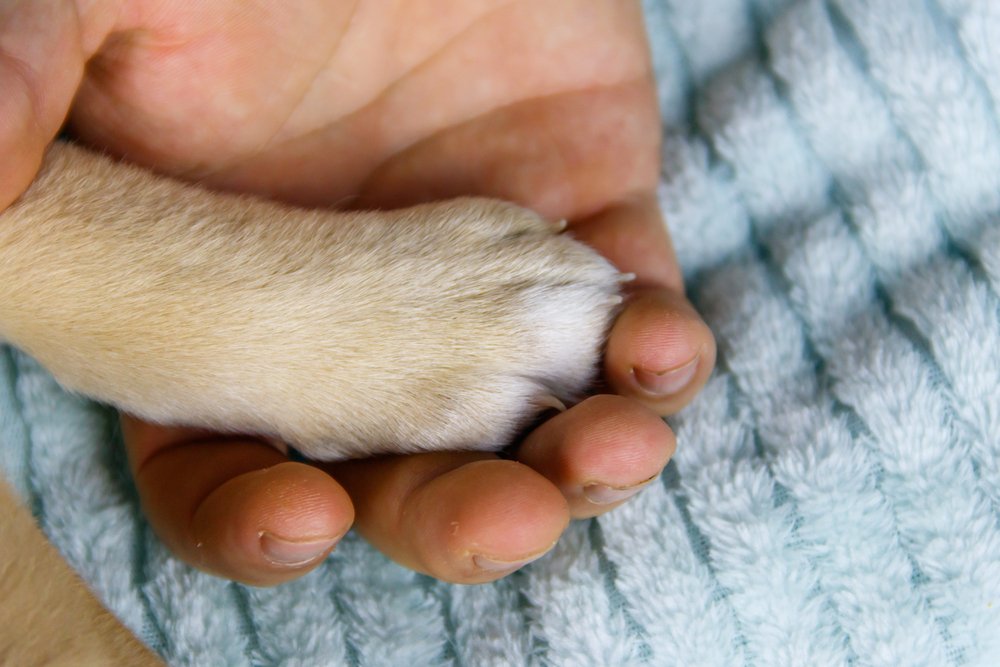
One of the fundamental steps in maintaining your dog’s paw health is establishing a regular cleaning routine. Clean your dog’s paws with a gentle, dog-safe wipe after walks, especially if you’ve walked through mud, dirt, or urban built-up areas with road salt or pollutants. This practice will remove debris and help prevent fungal or bacterial infections from setting in.
Moisturizing for Softness
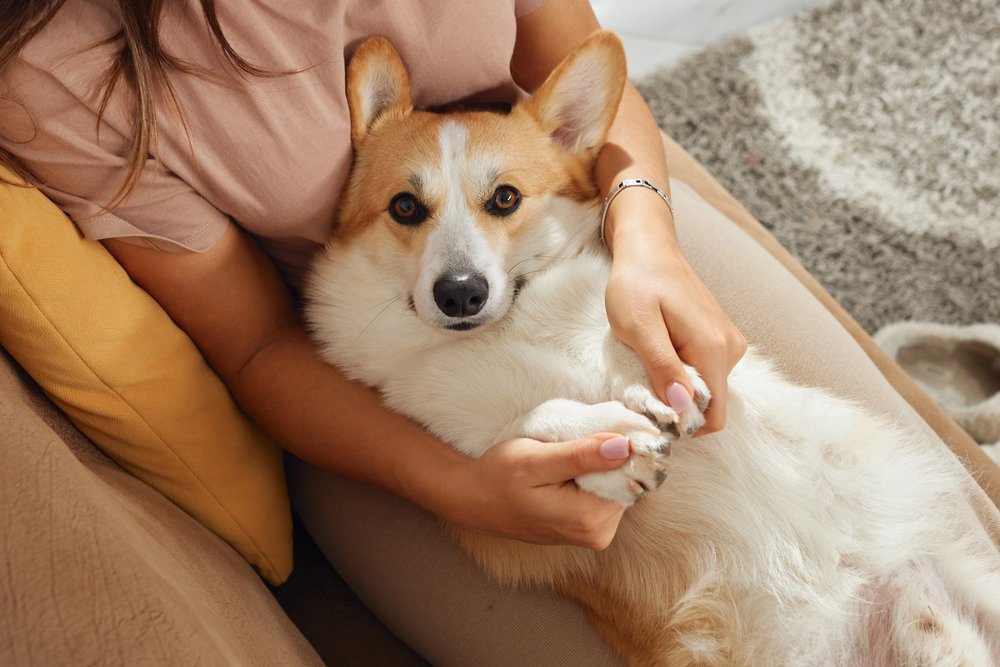
Just like our skin, a dog’s paw pads can become dry and cracked. Use a veterinarian-recommended moisturizer specifically designed for dogs. Human lotions can be harmful, so it’s crucial to choose products safe for canine use. Apply the moisturizer after cleaning the paws to keep them soft and supple.
Regular Trimming of Paw Hair
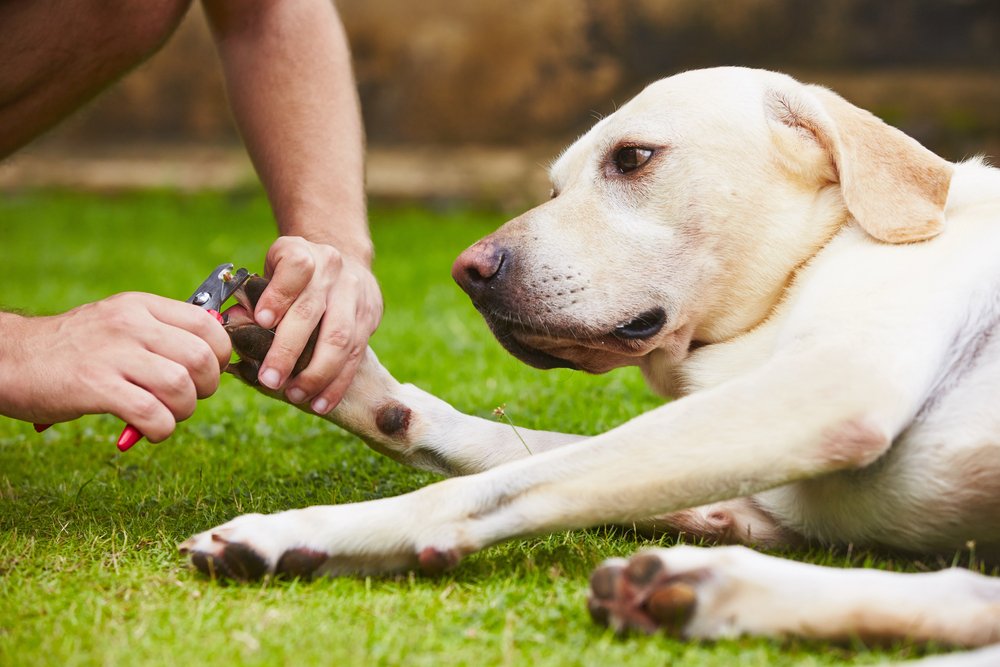
Excess hair between the paw pads can trap dirt, moisture, and debris, providing a breeding ground for fungus. Regularly trim the hair, especially if your dog has long fur. Use pet-safe grooming scissors or a trimmer and proceed with caution to avoid injuring the paws. Keeping the hair trimmed will help maintain cleanliness and reduce the risk of infections.
Inspecting for Injuries and Infections
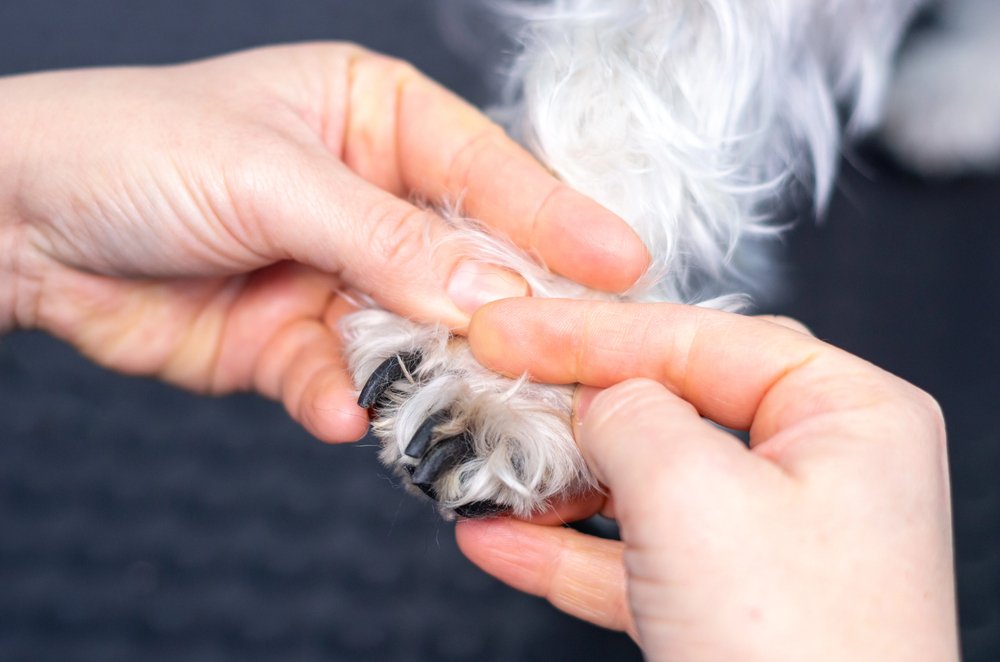
Regularly check your dog’s paws for cuts, scratches, or any signs of infection such as redness, swelling, or unusual odors. Early detection of issues allows for timely intervention, preventing more significant health problems down the line. If you notice any concerning symptoms, consult with your veterinarian for advice and treatment options.
Protection from Harsh Surfaces
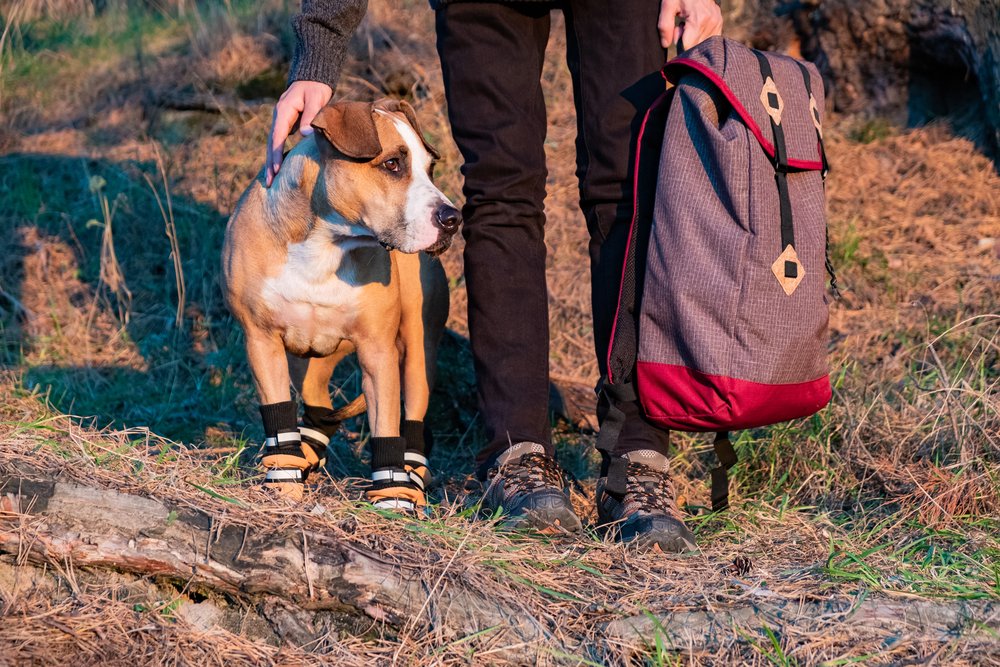
Hot pavement in the summer and icy pathways in the winter can be damaging to your dog’s paws. Consider using protective booties or paw wax to provide a barrier against harsh surfaces. Booties also prevent pad injuries from sharp objects and chemicals used on roads and sidewalks.
Promoting Healthy Diet and Hydration

A balanced diet rich in essential nutrients plays a significant role in maintaining healthy skin and paws. Make sure your dog’s diet includes fatty acids, vitamins, and minerals that promote skin health. Additionally, ensure your dog is well-hydrated, as dehydration can contribute to dry, cracked paws.
Regular Exercise and Nail Care
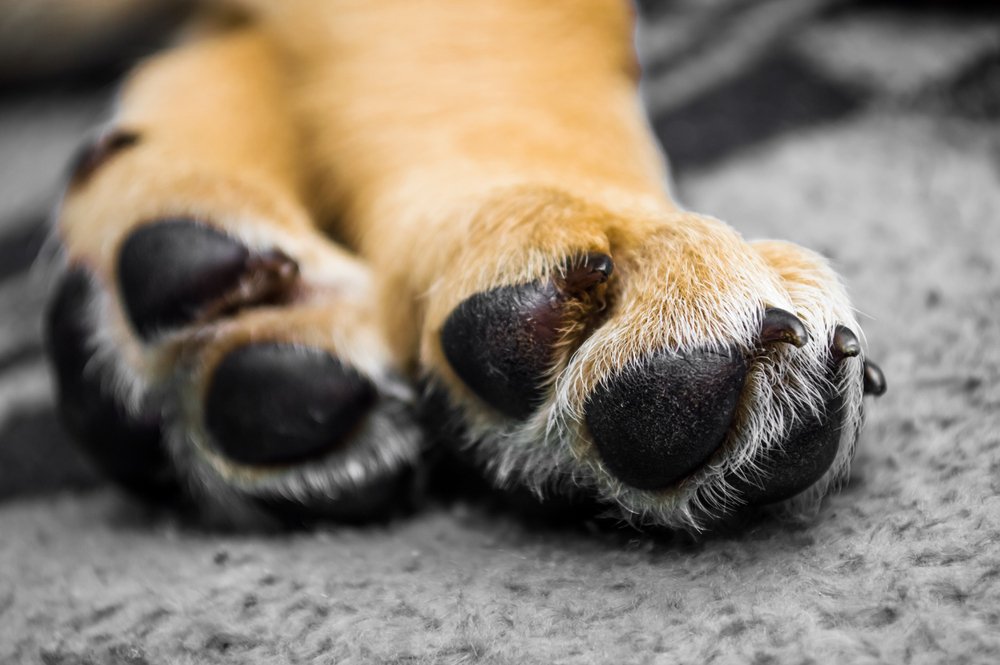
Regular exercise helps keep your dog’s nails at an ideal length, which is crucial in preventing paw injuries. Long nails can cause discomfort and may alter your dog’s gait, putting additional stress on the paw pads. Regularly trim your dog’s nails, being careful to avoid cutting into the quick. If you’re unsure, seek assistance from a veterinarian or professional groomer.
Using Antifungal Treatments When Necessary

In some cases, even with the best preventative measures, fungal infections may occur. Consult your veterinarian about effective antifungal treatments if you suspect an infection. Medicinal shampoos or topical treatments might be recommended to address the issue. Prompt treatment helps in alleviating discomfort and preventing the spread of infection.
A Little Effort Goes a Long Way
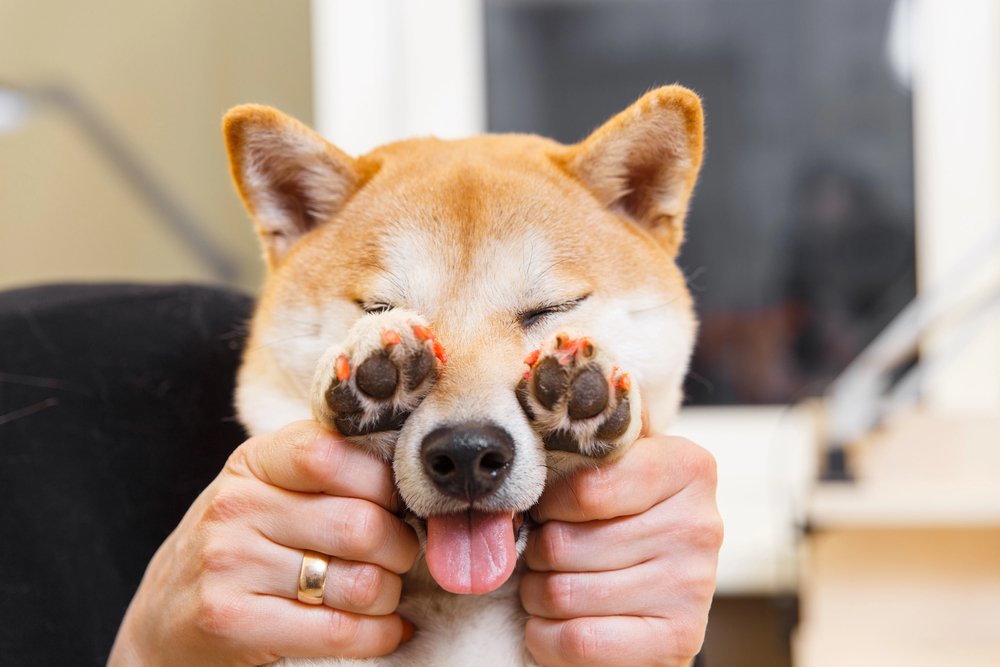
Paw care is an essential aspect of maintaining your dog’s overall health and happiness. By following these eight practical ways to keep your dog’s paws soft and fungus free, you ensure not only the longevity of their paw health but also their comfort and ability to engage in activities they love. Regular attention and a proactive approach make all the difference in your dog’s quality of life.

Esther is from India; the heartbeat of South Asia, holding a Master’s degree in Zoology and a postgraduate diploma in Animal Welfare. Her enthusiasm for animal welfare drives her passion and dedication to working for animals, ensuring their well-being, and advocating for their rights. With a solid academic background and hands-on experience, she is committed to making a positive impact in the field of animal welfare. In her free time, she enjoys embroidery and sewing. As a Chennaite from Tamil Nadu, Esther loves Bharathanatyam, an Indian classical dance form.





